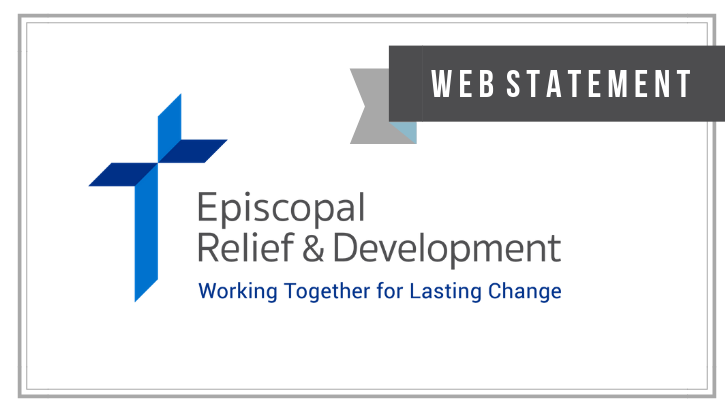Preparation for Flooding and Continued Storm Response

May 11, 2011
Heavy winter snowfall and spring rainstorms have caused the Ohio and Mississippi rivers to rise above flood level, prompting area residents to evacuate and compelling authorities to take action to mitigate property damage. On May 3, the US Army Corps of Engineers intentionally blew up a section of the Birds Point levee near Wyatt, Missouri, flooding an estimated 130,000 acres of farmland and about 100 homes in order to spare the town of Cairo, Illinois, which is located at the confluence of the two rivers. Levees further downstream appear to be holding, but backup flooding of Mississippi River tributaries is threatening a number of communities. The Mississippi River itself crested in Memphis on the morning of May 10, flooding low-lying neighborhoods and affecting an estimated 3,000 homes and businesses in Shelby County, where Memphis is located. Water levels are expected to remain at their current level for several days, as the crest moves downriver.
Downstream, residents and authorities are assessing risks and considering options for dealing with the massive volume of water coming their way. On Monday morning, the Army Corps of Engineers partially opened the Bonnet Carré spillway, allowing water to flow into Lake Ponchartrain and relieving some of the pressure on river banks and levees along the lower portion of the Mississippi. If further relief is needed, Louisiana’s Morganza spillway may also be opened – though this would flood large areas of southern Louisiana and affect thousands of people. Reports say local authorities are traveling door-to-door in low-lying areas, encouraging residents to move to higher ground.
Episcopal Relief & Development has been in contact with the Episcopal dioceses of Louisiana, Mississippi, West Tennessee and Missouri, and is standing by to assist diocesan flood response efforts. Elaine Clements, the Diocesan Disaster Coordinator for the Diocese of Louisiana, wrote that churches in her diocese are “making what preparations are possible, identifying at-risk parishioners and beginning to organize their church congregations to serve the wider community in the aftermath [of the flooding].”
Elsewhere in the South and Southeast, congregations and dioceses continue their work to respond to community needs after two waves of tornadoes (on April 16 and 27) swept through the area, killing nearly 400 people and causing extensive damage. Katie Mears, Program Manager for Episcopal Relief & Development’s US Disaster Program, will be traveling to the area to connect with church leaders and provide additional support.
“In many areas, the first response phase is coming to a close,” said Mears. “Rescue teams have completed their searches, and people are moving from emergency shelters to temporary housing. As communities begin to recover from disaster, Episcopal Relief & Development will work to equip local Episcopal dioceses and congregations with knowledge and resources to expand existing ministries and respond to longer-term needs.”
Please continue to pray for all those impacted by flooding and severe weather, and for those responding to community needs. To support these efforts through Episcopal Relief & Development, please give to the USA Disaster Response Fund.


